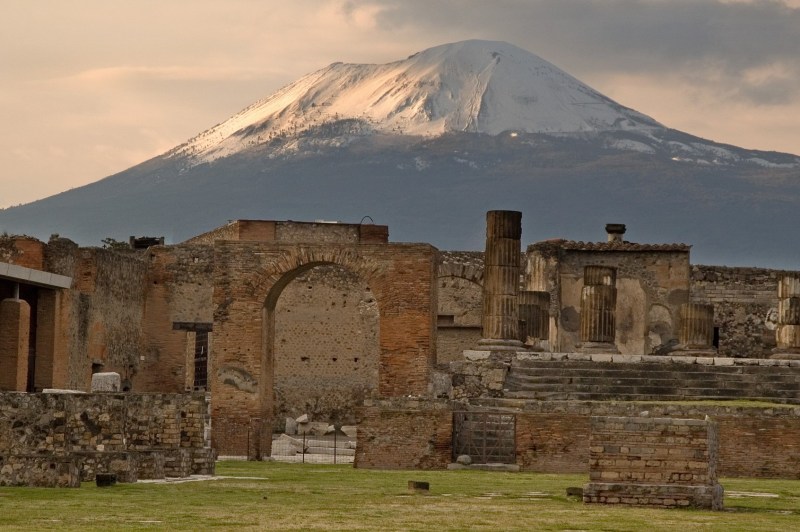
Even a well-scoured archeological site like Pompeii can hold a few surprises. Archeologists recently discovered more humans remains and gold coins in the ruins of a shop on the edge of Pompeii. The four skeletons, of one of which was a young girl, are believed to have died when Mount Vesuvius erupted in 79 AD. Three coins and a piece of jewelry were also found among the bones. Officials from the Pompeii Archeological Site Press Office believe the site might have been dug up by robbers looking to loot the town after the eruption.
In addition to the remains, archaeologists also uncovered a fourth-century tomb, which has provided unprecedented access to ancient Roman burial practices. An adult’s skeleton was found in the tomb, surrounded by black vases. The shop where the discovery was made is located between Pompeii and Herculaneum, an ancient town buried under 80 feet of ash. Given that much of the town still remains to be unearthed and the recent discoveries, excavations will continue. Read more about the discoveries here.
This article was featured in the InsideHook newsletter. Sign up now.